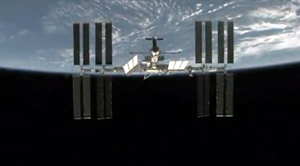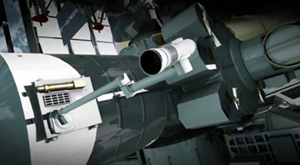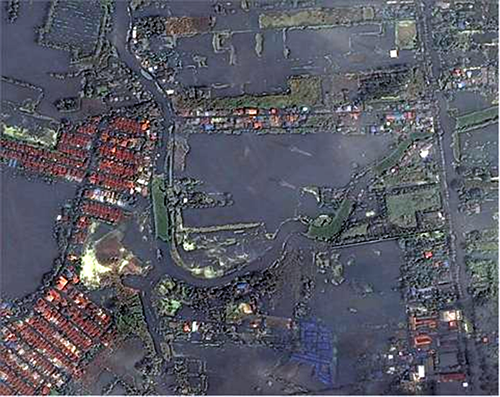18 July 2012 - UNOSAT and UrtheCast have teamed up to apply the world's first ever high definition, streaming video platform of planet Earth to support humanitarian emergencies, environmental monitoring and capacity development to the benefit of vulnerable communities worldwide.
 The live video feed cameras will be mounted on the International Space Station later this year while UNOSAT is already working with partner UrtheCast, who fathered the idea, to ensure high definition video – below 1 m resolution – is acquired and utilised in crisis situations for the benefit of developing countries, UN sister organizations, international organizations, NGOs and others.
The live video feed cameras will be mounted on the International Space Station later this year while UNOSAT is already working with partner UrtheCast, who fathered the idea, to ensure high definition video – below 1 m resolution – is acquired and utilised in crisis situations for the benefit of developing countries, UN sister organizations, international organizations, NGOs and others.
 Live video has never before been available at this level of detail from space. In addition experts are expecting the creation of a large data archive allowing individuals and entities to look back in time to see historic videos over their areas of interest. UNOSAT will ensure access to this valuable information to all its partner organizations within and outside the UN to enhance emergency response and field operations and improve capacity development. Humanitarian actors are expected to benefit from up-to-date information made available immediately during dynamic situations such as flooding across rural and urban areas.
Live video has never before been available at this level of detail from space. In addition experts are expecting the creation of a large data archive allowing individuals and entities to look back in time to see historic videos over their areas of interest. UNOSAT will ensure access to this valuable information to all its partner organizations within and outside the UN to enhance emergency response and field operations and improve capacity development. Humanitarian actors are expected to benefit from up-to-date information made available immediately during dynamic situations such as flooding across rural and urban areas.
UrtheCast has designed the system to interact closely with social media. This is also a perfect match for UNOSAT various initiatives in crowd-sourcing and citizen participation. In a recent community based initiative by UNICEF and UNITAR/UNOSAT named “Map Your School “, children use a simple web-map interface to participate in an operational and awareness-raising mapping exercise intended to reduce the overall risk from natural hazards. IN this example, once UrtheCast’s video cameras are operational on the International Space Station, the system will stream live video to the students participating in Map Your School , creating an unprecedented link between the situation in one’s local environment and the corresponding view from space.
“It is amazing to see how the International Space Station (ISS) can play an important role in supporting humanitarian assistance,” said Frank De Winne, European Space Agency (ESA) Astronaut and UNICEF National Ambassador for Belgium. “Having spent 188 days on the space station and being a UNICEF Ambassador, it is very gratifying to know that this platform which is bringing together partners from around the world can help protect and support the most vulnerable people, especially children and women. The ISS and its partnership is truly a contribution to the future of Humanity.” In 2009, De Winne became the first astronaut from ESA to command a space mission.

“Adding live video feed to our existing suite of satellite imagery, Unmanned Aerial Vehicles (UAV) photos and in-field crowd sourced photos brings UNOSAT’s remote sensing capacity to full circle. It is a real game-changer in the way humanitarian and development actors can access information. We are most grateful to UrtheCast for making their live video feed available and we will ensure it gets put to good use among the UNOSAT constituencies” says Einar Bjorgo, Senior Specialist at UNOSAT.
See www.unitar.org/unosat for information about UNOSAT and www.urthecast.com for information about UrtheCast and the upcoming video-feed from the International Space Station.
Photo credit: UrtheCast
Satellite image: DigitalGlobe 2011

